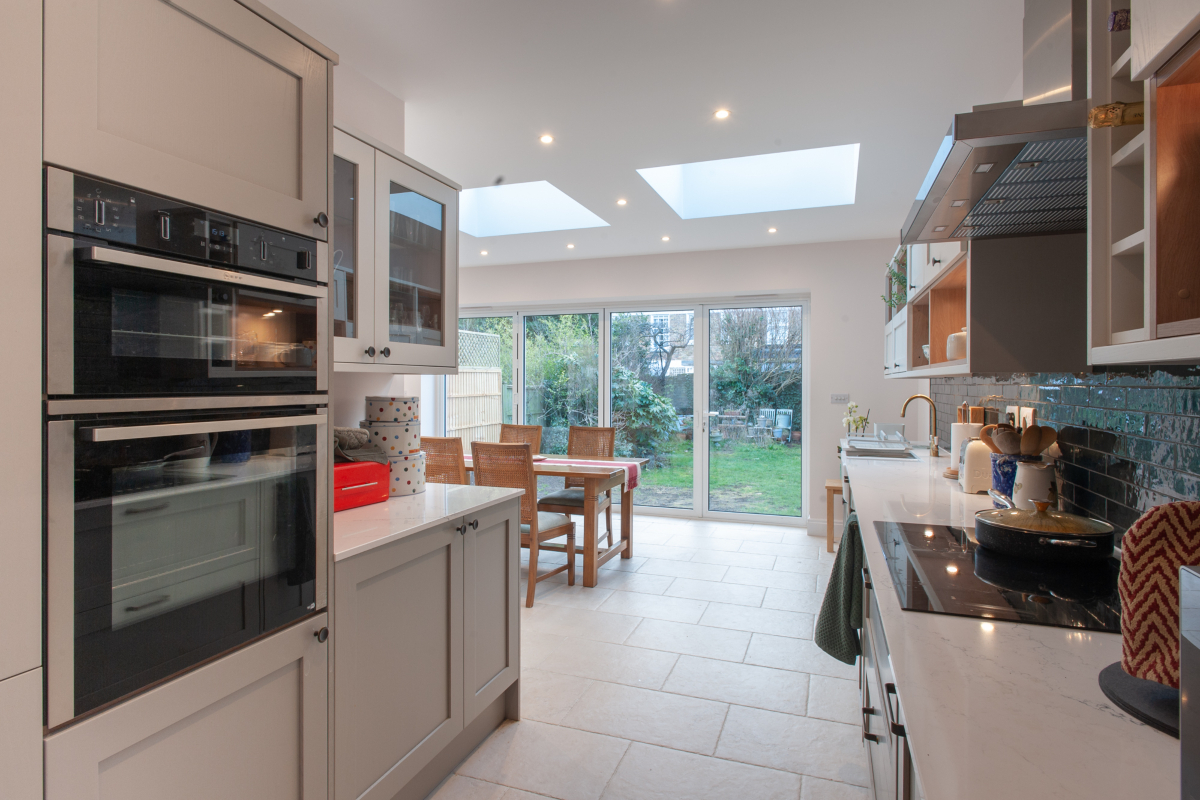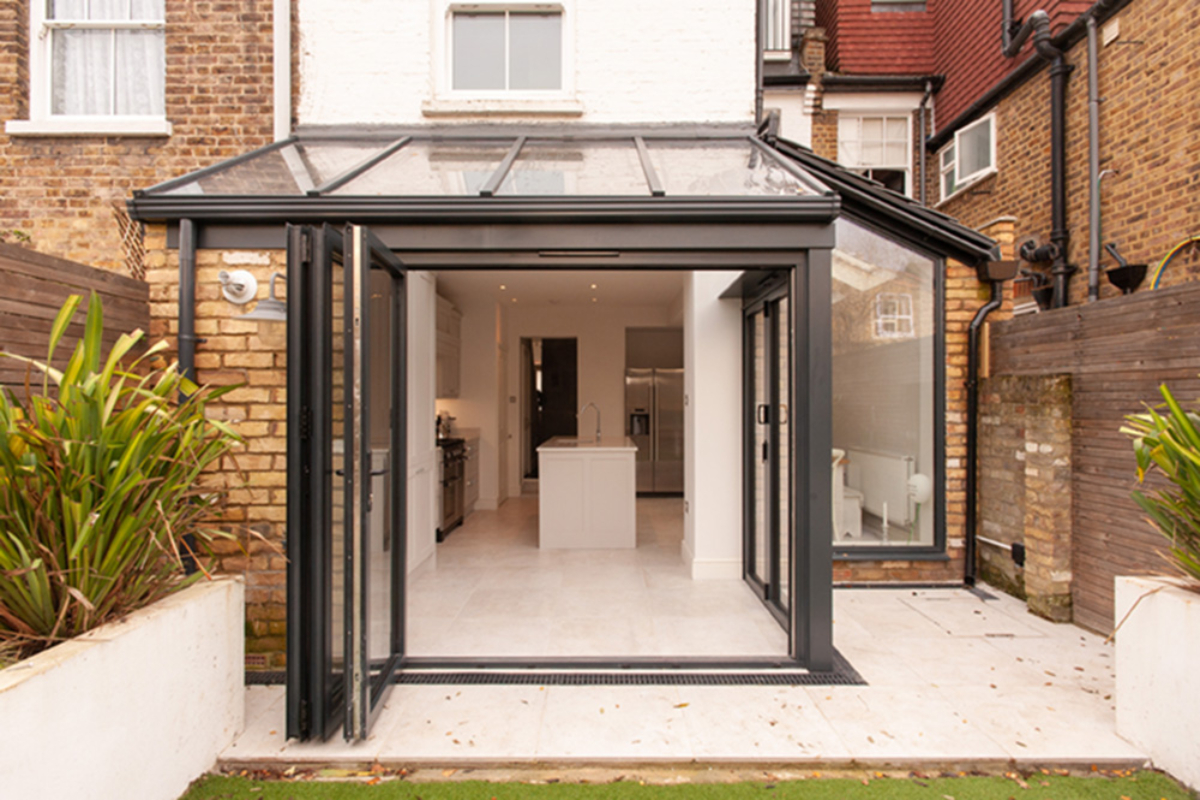There is both value and space in your loft
When we think of loft conversions, we think of space. While space is what they generate, value is the real creation of the entire effort. Although you may not be looking to add value to your home, it is the bonus that falls into your lap. Financial gains of loft conversion or extension come with the backing of the Nationwide Building Society research that calculated house value increase. It estimates a 20% value increase for your property. The size determines how much value loft conversion adds to your home. The bigger the size of the conversions, the higher the value increase.
I want a loft conversion, but is my home suitable?
The good news is a majority of homes in the UK are suitable. If your home is from Victorian or Edwardian periods, or 1920s or 1930s, then converting your loft is a total possibility. Houses that predate the 1960s have M shaped rafter formations, which are the ideal candidates. There is enough roof space tucked away in the attics of these homes for conversion. Whether yours is semi-detached, detached, or middle terraced, there’s a conversion style for all homes. The three things to check before starting any project are;
Head height – 2.2m of vertical internal height from the loft floor to the highest point in the loft ceiling
Planning permission – a listed building or a property in a conservation area requires council approval for building to take place. You can check listed properties on the National Heritage List for England on the Historic England website. While your local planning authority can help you find out whether you live in a conservation area. You can do a quick research online too to get an idea about your area’s status. If your home is within a National Park, an Area of Outstanding Natural Beauty, or a heritage site, then it falls under the rules of a conservation area. In London, Historic England designates conservation areas.
Ownership of the freehold – you need to own the freehold of the loft space. Ownership of the flat, as well as the loft, is an essential requirement and sometimes an issue for London flats.
How much will a loft conversion cost?
On average it can cost you from £25,000 to £50,000. While simpler conversion styles that do not need much remodelling to the existing roof are cheaper, the ones that need substantial adjustments are more costly.
Types of loft conversions
Dormer type – this can range from very basic designs to more intricate ones. Flat roof dormers are easy to build and are cost-effective. Your roof does not have to go through dramatic alterations, and the new addition extends from the existing roof. It is the most common loft conversion style.
Hip-to Gable – As the name suggests, it converts the hipped side of a roof to a gable end. Only suitable for semi-detached and detached homes, this loft conversion can add space for all types of living spaces from an extra bedroom with en suite bathroom to a home office.
Mansard – This conversion gives you more floor space than other types. It significantly alters your roof and adds a flat roof with an inward sloping wall. Due to its high volume building works, this style costs more.
Roof light conversion – Also called Velux conversion, it does not require any alterations or extension. Your loft gets transformed with roof windows.
What happens if I add a bedroom?
A 10% floor area increase can contribute £10,000. A decent-sized bedroom will prompt a rise in property value by £22,100 (11%). A double bedroom with a bathroom in your loft will see your house jump an extra 20% high in home value.
An improved lifestyle
Change the way you live by giving yourself the freedom of space. A second or a third bathroom for a family can have its advantages. An extra bathroom can add 4.9% (£9,600) to the value. A children’s playroom in the loft can make the downstairs quieter for you, or a home office can create an undisturbed work environment up in the attic.
Whichever way you choose to use the additional space, it will not only provide more floor space but also becomes the investment that elevates your home to the up-market section of real estate. Good Design & Build is London’s most design-forward home improvement specialist offering full project management including, planning permission submissions.




